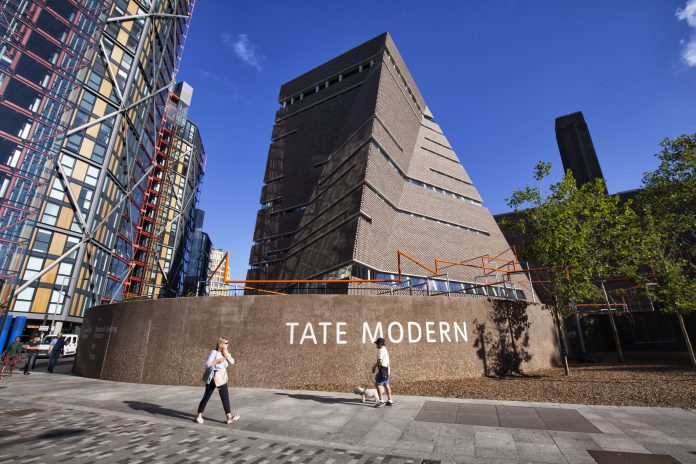Chris Marsden, partner in property disputes at law firm Moore Barlow, outlines how the Tate Modern private nuisance case could impact developers and planning authorities
Earlier this year, the Supreme Court delivered its judgment in a case between the Tate Modern and residents of two blocks of flats opposite. The residents had brought a private nuisance case against the world-famous art gallery for opening a viewing platform, which they argued invaded their privacy.
Private nuisance occurs when actions unreasonably interfere with someone’s “use and enjoyment” of their land. Previously, this kind of overlooking had not been treated as grounds for private nuisance, but the Supreme Court found in the residents’ favour.
This could have significant impacts on developers and planning authorities going forward.
The building was considered a violation of privacy
In 2006, two parallel developments began across the street from each other at the South Bank in London.
Construction began on two blocks of flats. A chic, modern development with exteriors composed predominantly of floor-to-ceiling glass panels. Also in 2006, work began on the Blavatnik building, an extension to Tate Modern. This building was to feature a panoramic viewing platform to allow visitors to look over the nation’s capital. The flats were completed first, in 2012, followed by the extension to Tate Modern, in 2016.
The platform was a great success. It delivered on its promise, offering a view over a bustling megacity packed full of iconic landmarks. Unfortunately, it also offered visitors a view directly into the living quarters of the flats opposite through their floor-to-ceiling windows.
To the dismay of residents, these properties often proved more interesting than London’s skyline. People regularly took photos of the interiors of their homes, and sometimes even ogled them with binoculars.
Finding this to be somewhat awkward and distracting, the residents brought a case against Tate Modern, arguing that the platform caused a nuisance and violated their right to privacy. They wanted the museum to cordon off the part of the screen, which was allowing visitors to see inside their homes.
What was the court’s verdict on the Tate Modern private nuisance case?
In 2019, the case went to the High Court.
The court found that this could not be considered actionable nuisance because residents could prevent the overlooking through simple measures, like lowering sun blinds. Windows go both ways too, so people in properties like this should expect less privacy. The Court of Appeal dismissed the case too, on the grounds that overlooking could never constitute actionable nuisance, before it eventually reached the Supreme Court.
Somewhat surprisingly, the Supreme Court overturned these verdicts with Justice Lord Leggatt saying it must have felt like living in a zoo.
The court’s judgement rested on a couple of key factors. Firstly, the viewing platform was not an ordinary or common use of land. It was built with the express purpose of encouraging visitors to observe their surroundings, something which was not essential for Tate Modern to fulfil its function as an art gallery. While the residents should expect some level of visual intrusion given the design of their properties, this exceeded it.
Second, the Supreme Court found that private nuisance could be caused by any means, and that this kind of “intense visual intrusion” was not exempt from that. This clarification is perhaps the most important aspect of the judgement.
Implications of visual intrusion
It’s unclear exactly what the implications of this judgement will be, but there are a few key things to note.
The Supreme Court was eager to stress that the judgement was based on the “very particular use of land”, so the case should not allow for a landside of private nuisance claims coming from people whose neighbours can see into their homes.
That said, developers and the authorities responsible for granting planning permissions should be aware that projects which cause unnecessary overlooking could now be vulnerable. This applies even if the initiative is designed with public benefit in mind, with the Supreme Court dismissing public utility as a defence of Tate Modern’s platform.
Developers or planning authorities should consider whether this could impact any projects they have in the pipeline.
Chris Marsden
Partner
Moore Barlow
Tel: +44 (0)23 8071 8000
www.moorebarlow.com
Linkedin
Facebook
Youtube














